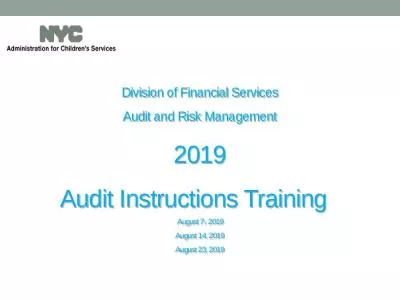PPT-January 23, 2019 CS21 Lecture 7
Author : pasty-toler | Published Date : 2019-03-22
1 CS21 Decidability and Tractability Lecture 7 January 23 2019 January 23 2019 CS21 Lecture 7 2 Outline equivalence of NPDAs and CFGs non contextfree languages
Presentation Embed Code
Download Presentation
Download Presentation The PPT/PDF document "January 23, 2019 CS21 Lecture 7" is the property of its rightful owner. Permission is granted to download and print the materials on this website for personal, non-commercial use only, and to display it on your personal computer provided you do not modify the materials and that you retain all copyright notices contained in the materials. By downloading content from our website, you accept the terms of this agreement.
January 23, 2019 CS21 Lecture 7: Transcript
Download Rules Of Document
"January 23, 2019 CS21 Lecture 7"The content belongs to its owner. You may download and print it for personal use, without modification, and keep all copyright notices. By downloading, you agree to these terms.
Related Documents

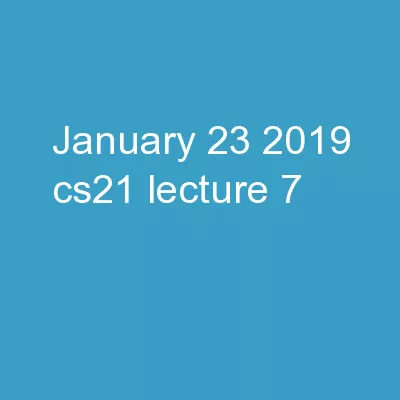

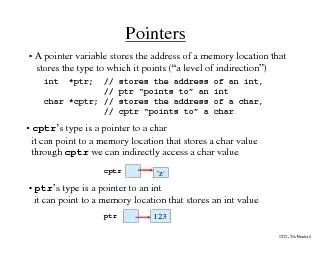

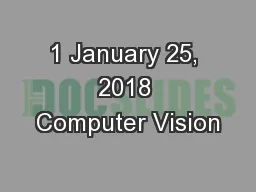
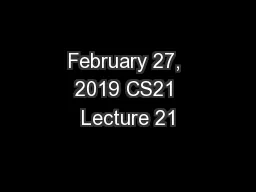
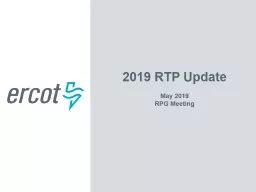
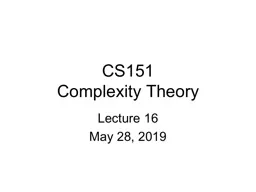


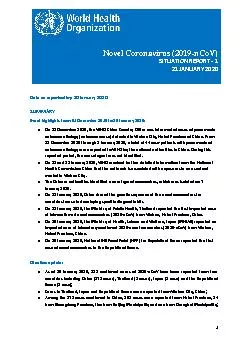
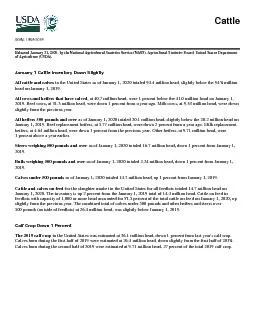
![[EBOOK] - 2019 Music Daily Planner: Daily, Weekly and Monthly Calendar and Planner January](https://thumbs.docslides.com/906347/ebook-2019-music-daily-planner-daily-weekly-and-monthly-calendar-and-planner-january-2019-december-2019-61c0a735d5478.jpg)
